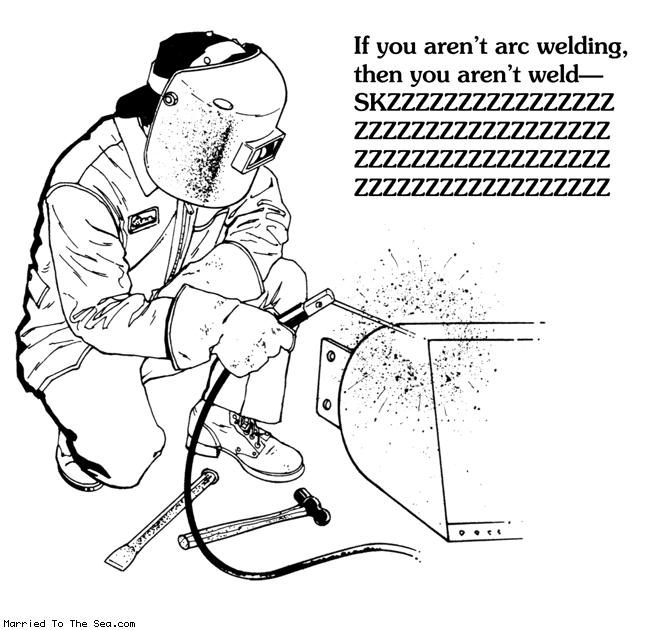Alan: So permaculture seems to be as much a change in perception as anything else - a change in where one begins to look at things from.
Bill: I think that's right. For me, having suffered through a Western education, it was a shift from passive learning - you know, "this is how books say things are" - to something active. It's saying (and this is a horrifying thought for university people) that instead of physicists teaching physics, physicists should go home and see what physics applies to their home.
Now, they may teach sophisticated physics at the university. But they go home to a domestic environment which can only be described as demented in its use of energy. They can't see that, and that blindness is appalling.
Why is it that we dodn't build human settlements that will feed themselves, and fuel themselves, and catch their own water, when any human settlement could do that easily? When it's a trivial thing to do?
via In Context



























































